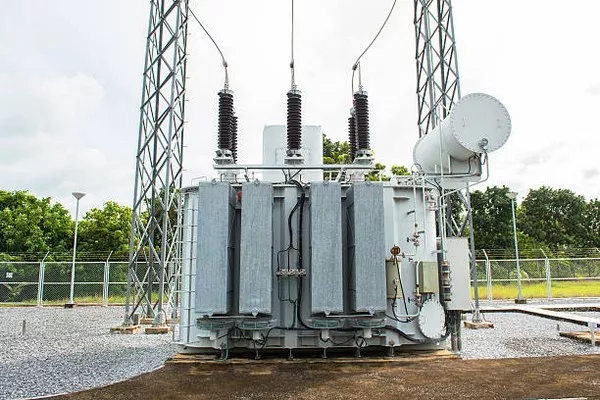Auto transformers are essential components in electrical engineering that play a pivotal role in various applications across industries. These versatile devices are a subtype of transformers and serve multiple functions, from voltage regulation to impedance matching. In this article, we will delve into the fundamentals of auto transformers, exploring their construction, operation, advantages, and common applications.
What is an Auto Transformer?
An auto transformer, short for “autotransformer,” is a type of electrical transformer that has a single winding with multiple taps. Unlike conventional transformers, which feature two separate windings—the primary and secondary—auto transformers employ a single continuous winding shared by both the input and output sides. The unique feature of an auto transformer is the electrical connection between these windings at one or more points, allowing for a variation in the voltage transformation ratio.
Construction and Operation
Auto transformers have a relatively straightforward construction compared to their conventional counterparts. They consist of a magnetic core, typically made of laminated steel or ferrite, and a single winding. The winding consists of two sections: the primary winding and the secondary winding. However, these two windings are not electrically isolated as they are in a standard transformer.
The primary winding is connected to the input voltage source, while the secondary winding is connected to the load. One or more taps are taken from the winding to allow for different voltage output levels. These taps are points along the winding that provide a connection to the secondary circuit at various locations, thus enabling voltage adjustment.
Auto transformers operate on the principle of electromagnetic induction, just like conventional transformers. When an AC voltage is applied to the primary winding, it creates a magnetic flux in the core. This magnetic flux, in turn, induces a voltage in the secondary winding. The voltage transformation ratio, which determines the output voltage in relation to the input voltage, is adjusted by changing the tap connection point along the winding.
Advantages of Auto Transformers
Auto transformers offer several advantages over conventional transformers, making them a preferred choice in various scenarios:
Size and Weight: Auto transformers are generally smaller and lighter than equivalent two-winding transformers, making them more space-efficient.
Efficiency: Auto transformers tend to have higher efficiency because they have fewer windings, resulting in lower copper losses.
Voltage Regulation: The ability to tap into different points along the winding allows for precise voltage regulation, making auto transformers suitable for applications with varying load conditions.
Cost-Effectiveness: Due to their simplified construction, auto transformers are often more cost-effective to manufacture compared to conventional transformers.
Reduced Line Voltage Drop: Auto transformers can be strategically placed in electrical distribution systems to compensate for voltage drop along long transmission lines, ensuring consistent voltage supply.
Common Applications
Auto transformers find applications in a wide range of industries and settings, thanks to their versatility and unique characteristics. Some of the most common applications include:
Voltage Stabilization: Auto transformers are used to stabilize voltage levels in power distribution networks, ensuring that consumers receive consistent and reliable electrical supply despite fluctuations in the grid voltage.
Motor Control: In industrial settings, auto transformers are employed to control the speed and torque of electric motors, allowing for smooth acceleration and deceleration.
Lighting Systems: Auto transformers are used in lighting systems, especially in theaters and auditoriums, to dim or brighten stage lights gradually, creating dramatic lighting effects.
Electroplating: Auto transformers are used for electroplating processes, where precise control of voltage is crucial to achieve the desired coating thickness.
HVAC Systems: Auto transformers are utilized in heating, ventilation, and air conditioning (HVAC) systems to control fan motor speeds and optimize energy efficiency.
Railway Electrification: Auto transformers are essential components in railway electrification systems, where they are used to adjust the overhead catenary voltage to match the requirements of different trains.
Variable Speed Drives: Auto transformers are integral to variable speed drives in various industrial applications, such as conveyor belts and pumps, to control motor speed and save energy.
Conclusion
Auto transformers are versatile electrical devices that offer precise voltage control and find applications across a broad spectrum of industries. Their unique construction, high efficiency, and cost-effectiveness make them a preferred choice for voltage regulation, motor control, and various other applications where precise voltage adjustment is crucial. Understanding the principles of auto transformers is essential for electrical engineers and professionals working in industries where voltage control and efficiency are paramount. As technology continues to advance, the relevance and importance of auto transformers in modern electrical systems are likely to grow, making them indispensable components in our increasingly electrified world.

